Mysterious Boulder May Unlock New Clues About Mars’ Ancient Crust
Last week, NASA’s Perseverance rover discovered a bright, white boulder on Mars, sparking excitement among scientists.
This unusual rock was found in the Neretva Vallis region, an ancient river channel that fed into the Jezero crater billions of years ago. The boulder’s unique appearance immediately caught the science team’s attention.
Exploration of Neretva Vallis
Perseverance has been exploring the Neretva Vallis, a region that once hosted flowing water.
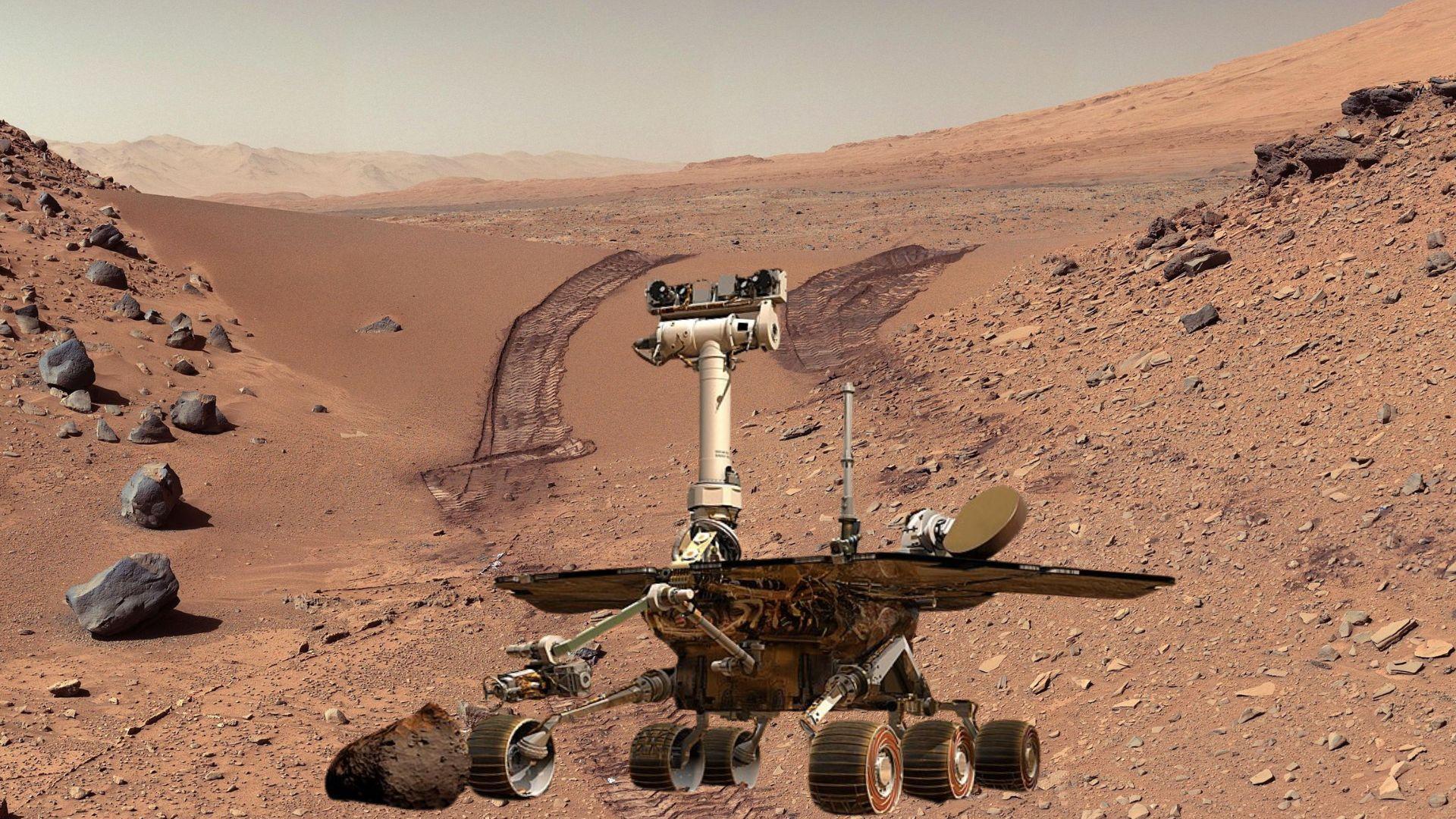
Source: Wikimedia/Getty Images
This area may now look barren, but its geological history suggests it was once a vital waterway. The rover’s mission in this area is to uncover clues about Mars’ ancient environment.
The Significance of the Bright Boulder
Katie Stack Morgan, deputy project scientist for NASA’s Mars 2020 mission, noted the boulder’s standout brightness.
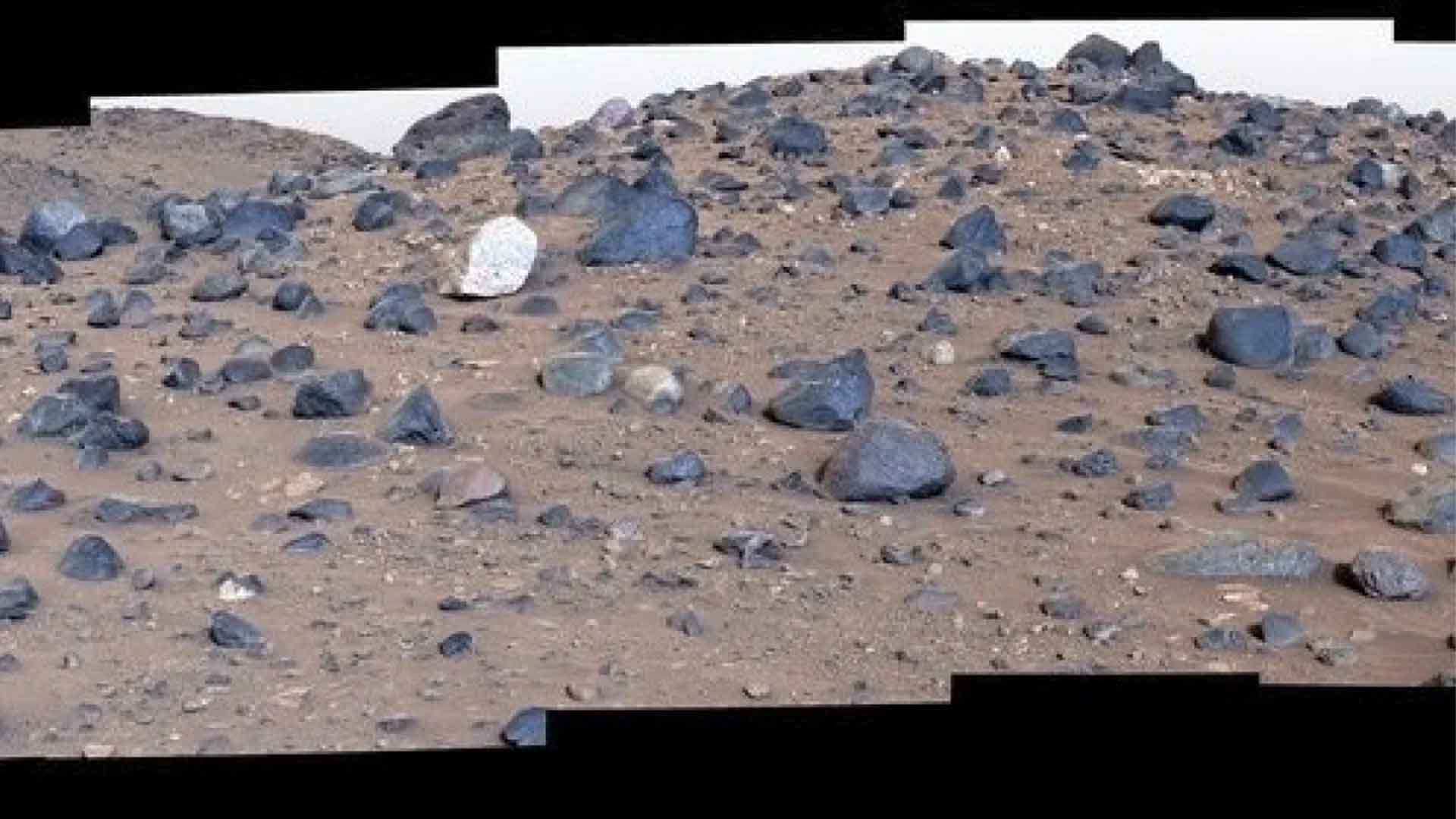
Source: NASA / JPL-Caltech / ASU / MSSS
“This was like the textbook definition of chasing the bright, shiny thing,” she said. The rock’s unusual color made it a prime target for closer examination.
Initial Analysis of the Boulder
Upon closer inspection, scientists identified the rock as a potential anorthosite. This rock type, composed mainly of feldspar, had never been observed on Mars before.
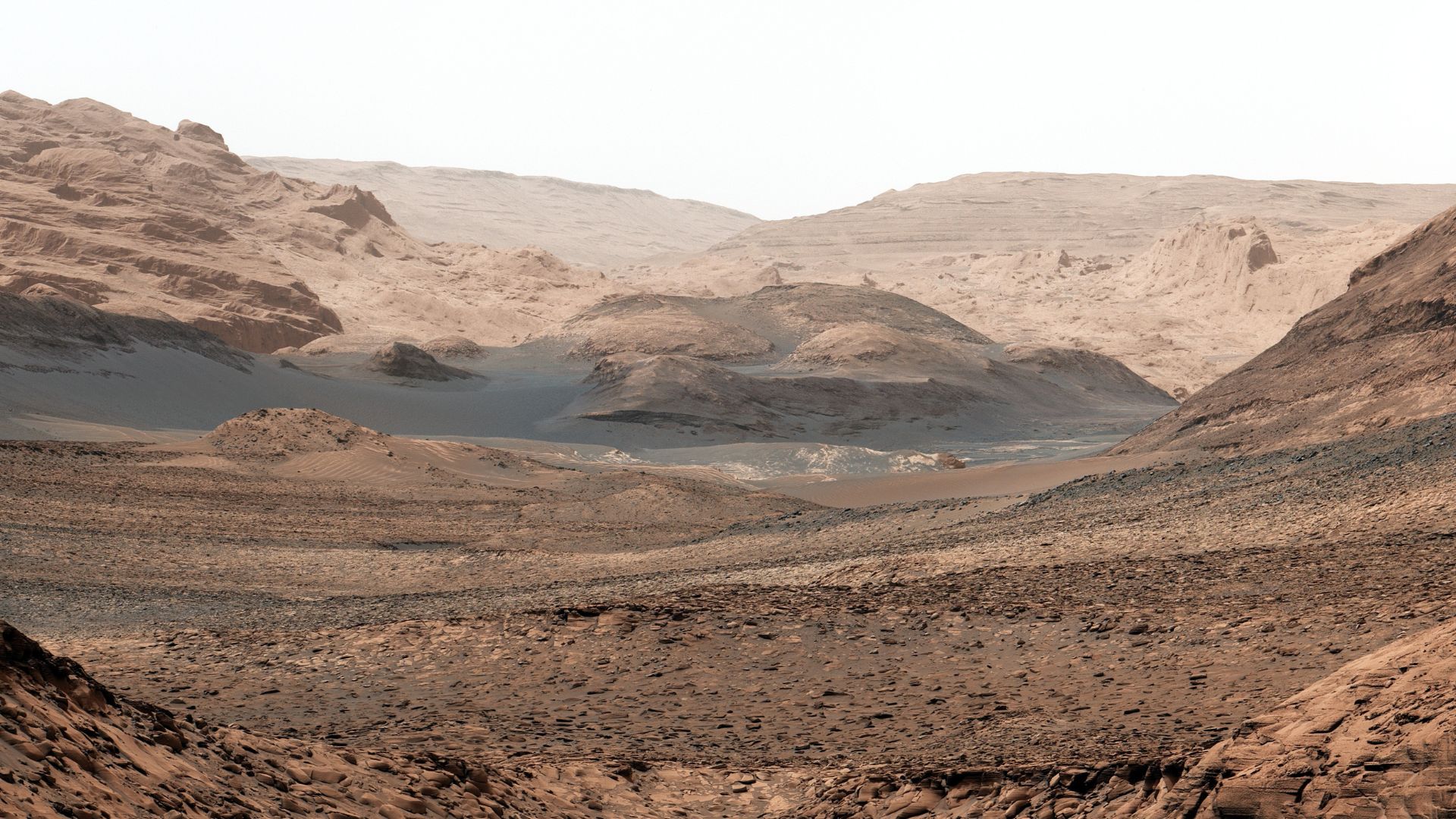
Source: NASA/Wikimedia Commons
The discovery of anorthosite on Mars could provide new insights into the planet’s early crust.
Comparison with Other Mars Rovers
Even the Curiosity rover, which has explored a wide variety of rocks in Gale Crater, has not found an anorthosite.

Source: Wikimedia Commons
This makes Perseverance’s discovery in the Jezero crater region particularly exciting and unique.
Anorthosites on Earth and the Moon
Anorthosites are rare in the solar system but can be found on Earth and the moon.
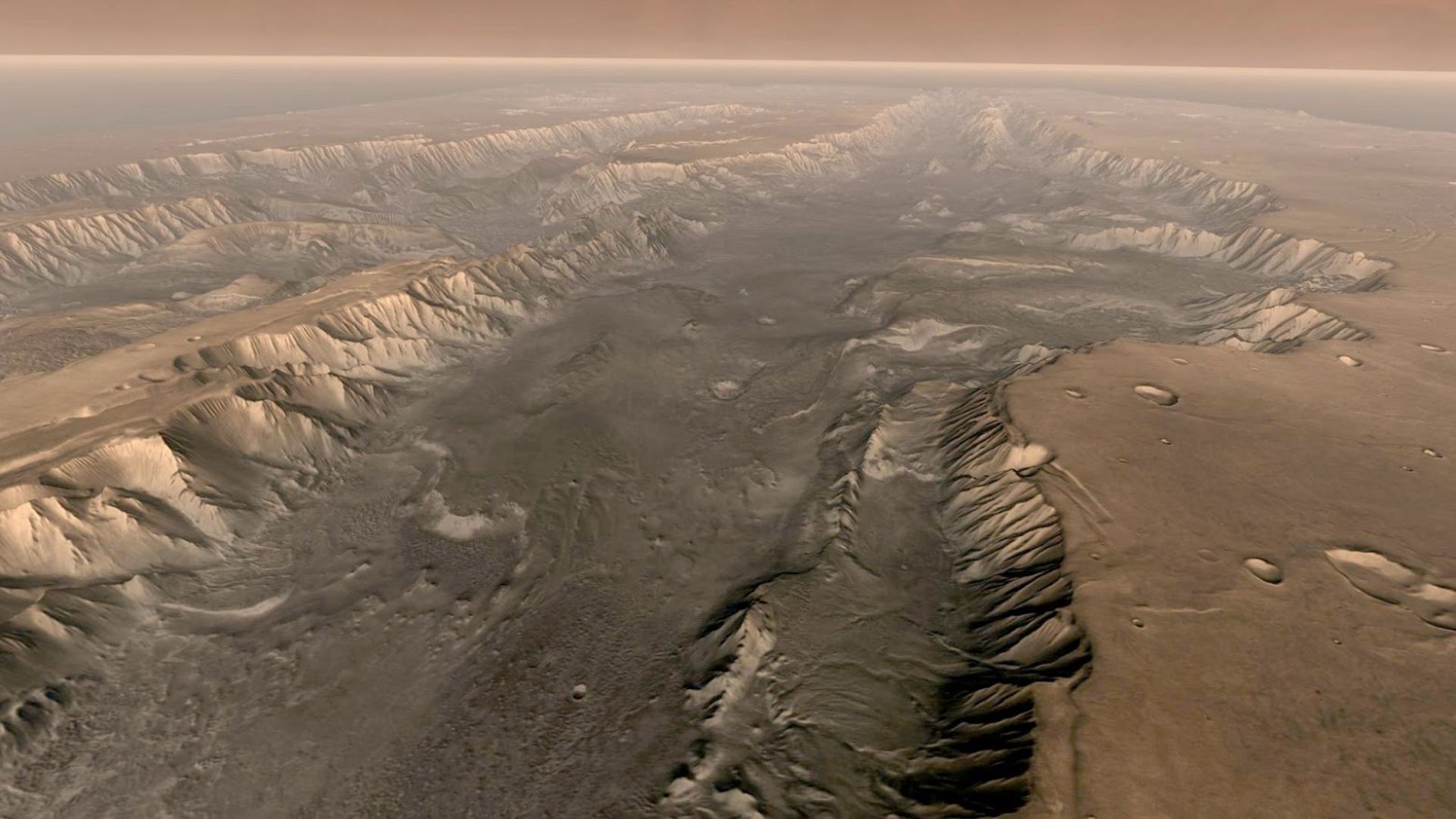
Source: Handout/Getty Images
These rocks are typically linked to ancient lava flows and are rich in silica. Finding them on Mars suggests similarities between the early crusts of Mars and Earth.
Implications for Mars' Geological History
The presence of anorthosites on Mars suggests that the planet’s early crust may have been more complex than previously thought.

Source: Wikimedia Commons
This discovery could help scientists better understand the geological processes that shaped Mars’ formation and evolution.
Potential Links to Earth's Crust
Understanding Mars’ ancient crust could also potentially provide clues about the evolution of Earth’s crust.

Source: Freepik
By comparing the geological histories of both planets, scientists hope to learn more about how life might have emerged on Earth.
Naming the Boulder: Atoco Point
The rover team named the boulder “Atoco Point,” after a landmark in the Grand Canyon.

Source: Tim Hart/Unsplash
This name reflects the boulder’s significance and its potential to reveal new information about Mars’ geological history.
Future Research Directions
Scientists plan to study the anorthosite boulder further to understand its origins and significance.

Source: Wikimedia Commons
If similar rocks are found elsewhere on Mars, it could provide a clearer picture of the planet’s early crust.
The Role of Feldspar in Anorthosites
Feldspar, the primary component of anorthosites, is a mineral associated with ancient lava flows.

Source: NASA/Getty Images
These minerals are rich in silica and crystallize out of magma later than basalts, which are more common on Mars’ surface.
Unlocking Mars' Secrets
The discovery of the anorthosite boulder by Perseverance is a significant step in unraveling the mysteries of Mars’ ancient crust.
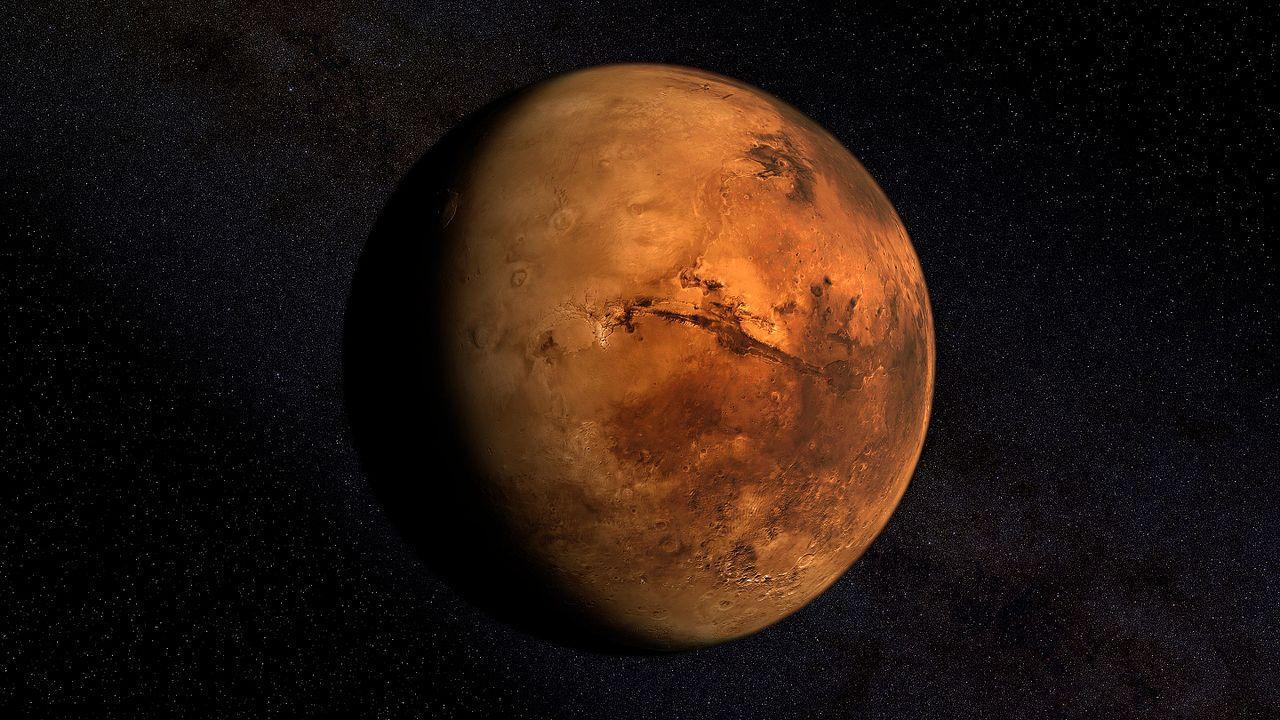
Source: Wikimedia
As the rover continues its mission, scientists are eager to see what other secrets the Red Planet holds, potentially shedding light on the early history of our solar system.
